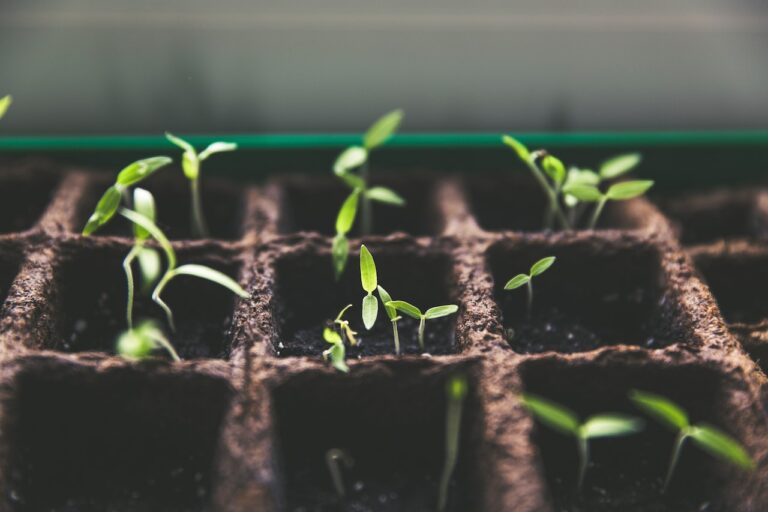This is the time of year my family would begin starting seeds inside. The first week of February was about dreaming of summer by fixing the soil in seedling trays. The next several weeks brought tiny little plants that always fascinated me. This post will teach you the basics of seed starting and give…
